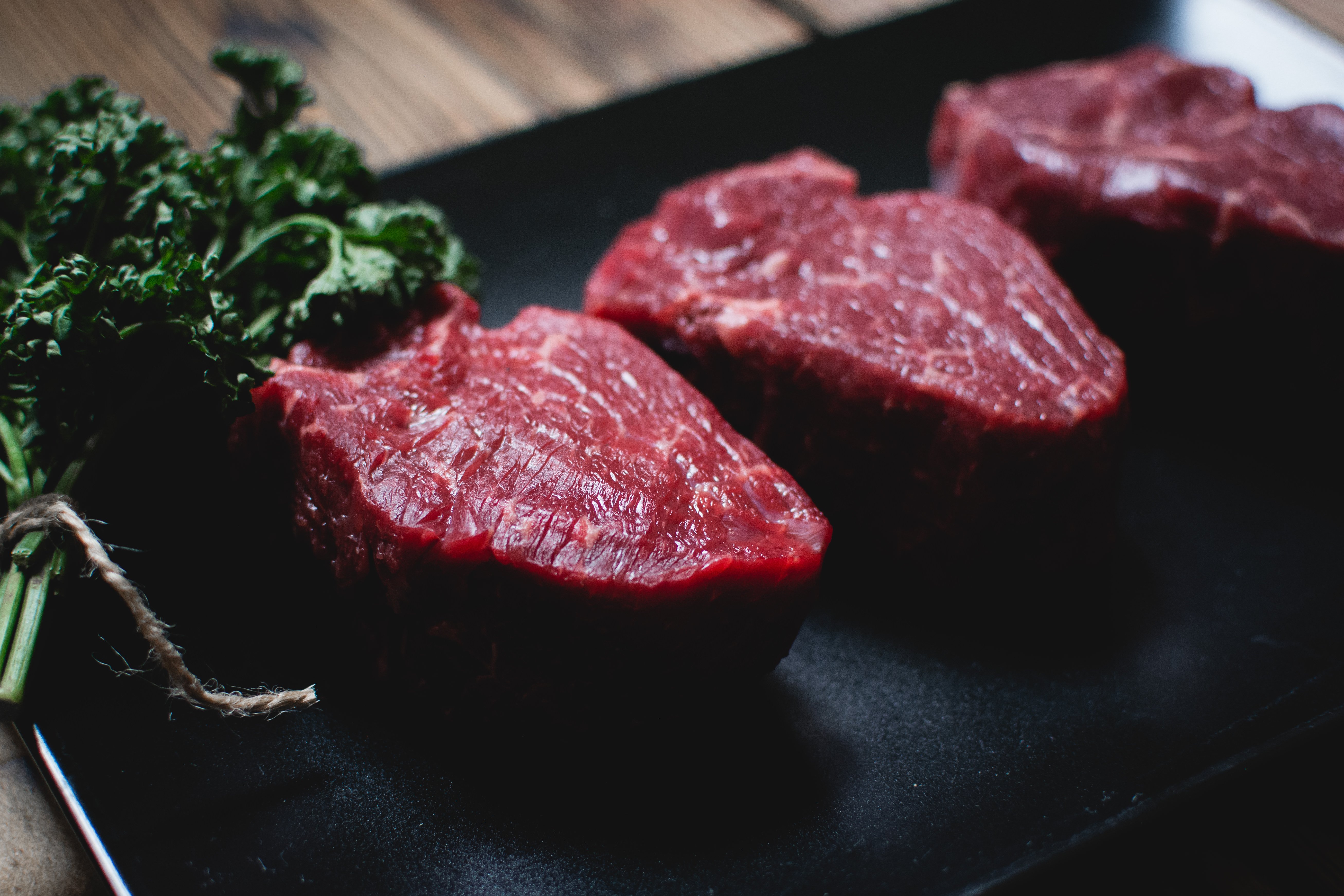You are what you eat - or I'd rather say - you are what you absorb in the intestines!
Everyone knows that it is important to choose foods rich in vitamins and minerals to stay healthy because otherwise, you could have many deficiencies. Few people know, however, that how we combine foods is also important. It can contribute to better use of precious vitamins and minerals contained in your food. There is also the other side of the coin. Some products eaten together may not harmonize and cause that we will not use the full health potential of the ingredients. One of the elements is iron. We can significantly change its absorption by consuming together with other components. It works both ways - other products could inhibit its absorption. Today I will tell you more about the foods that should be eaten with the foods rich in iron!
IRON. The blood component protects against anemia, you lose it while bleeding, so especially women must eat a lot of it. One of the more frequent shortages among people, which can be easily checked with a simple morphology test. Here are some examples of how some food ingredients interact with iron and how you can improve its absorption by combining rich foods with others.
There is one important thing that you need to know about iron right now, to understand everything written down in the article. There are two forms of iron: heme (Fe2 +) - found in meat and offal, well absorbed. The second one, non-heme (Fe3 +) - found in plants, absorbed much worse.
OK, now we can move on!

GREAT PAIRS - EAT THOSE FOODS TOGETHER
Iron plus vitamin C
Vitamin C can significantly improve the absorption of iron. Specifically, its form contained mainly in plants (non-heme iron, Fe3 +), and the more this vitamin in the meal, the more improved absorption! Adding 50mg of vitamin C to a meal improved the absorption of iron twice, and the addition of 500mg of vitamin C improved the absorption up to six times!
I would not be myself if I didn't add to this simplified chemical reaction of the process:
Fe3 + + vitamin C -> Fe 2+
In other words, iron in the form of Fe3 + (the less absorbable one) changes its form under the influence of vitamin C, on the form of Fe2 +, much more assimilable to humans. It is important to eat two products rich in these micronutrients in one meal because the intake of the vitamin before or after a meal has no such effect.
Iron plus meat
Now an unpleasant news for vegetarians, there is a reason that they are more likely to suffer from anemia due to deficiency of this element. Everything through a process called "meat factor".Meat is not only a super rich source of easily absorbed iron itself, in addition, it also improves the absorption of non-heme iron. Adding 50g of pork, beef, poultry or fish increases the absorption of iron by 44%, 70g by 57%! The mechanism of this process is simply peptides obtained from meat, that combine iron into a well-absorbed complex. 1: 0 for carnivores!
This time the chemical reaction looks similar to this:
Fe3 + + peptides produced by digesting meat protein -> complex with Fe2 + with super absorbability
Iron plus resistant starch and oligosaccharides
Resistant starch is, as I hope everyone guessed, starch, which resists digestion. Oligosaccharides are types of sugars that are also not digested. These compounds are called prebiotics, food substances for millions of intestinal bacteria. Eaten oligosaccharides and resistant starch go to the large intestine, where they encounter intestinal bacteria, whose digestion is no longer able to resist. They are used as food - energy sources for intestinal microflora. The substances formed by the intestinal bacteria (short-chain fatty acids) nourish the cells of the intestine, increase its blood supply and stimulate the growth of the intestinal walls. All this contributes to the improvement of intestinal function and increased absorption of iron, but also other nutrients.
There will not be a chemical reaction here, but I can add that short-chain fatty acids, as the name suggests, give an acid reaction, so they acidify the pH of the intestinal contents, increase the solubility and improve the absorption of iron.
Resistant starch and oligosaccharides can be found in: garlic, onion, rice (especially cooled down after cooking), pods, wholemeal breads, pumpernickel, chicory, bananas, asparagus, cereals, raw oat flakes, corn.
Of course, there are still various components that inhibit the absorption of iron, but I'll tell you about them in the next post :) Stay tuned!
Sources:
https://www.ncbi.nlm.nih.gov/pubmed/23686563
https://www.ncbi.nlm.nih.gov/pubmed/26018112
https://www.ncbi.nlm.nih.gov/pubmed/6940487
https://www.ncbi.nlm.nih.gov/pubmed/25244367
https://www.ncbi.nlm.nih.gov/pubmed/25592152
https://www.ncbi.nlm.nih.gov/pubmed/22575541
https://www.ncbi.nlm.nih.gov/pubmed/25422090
